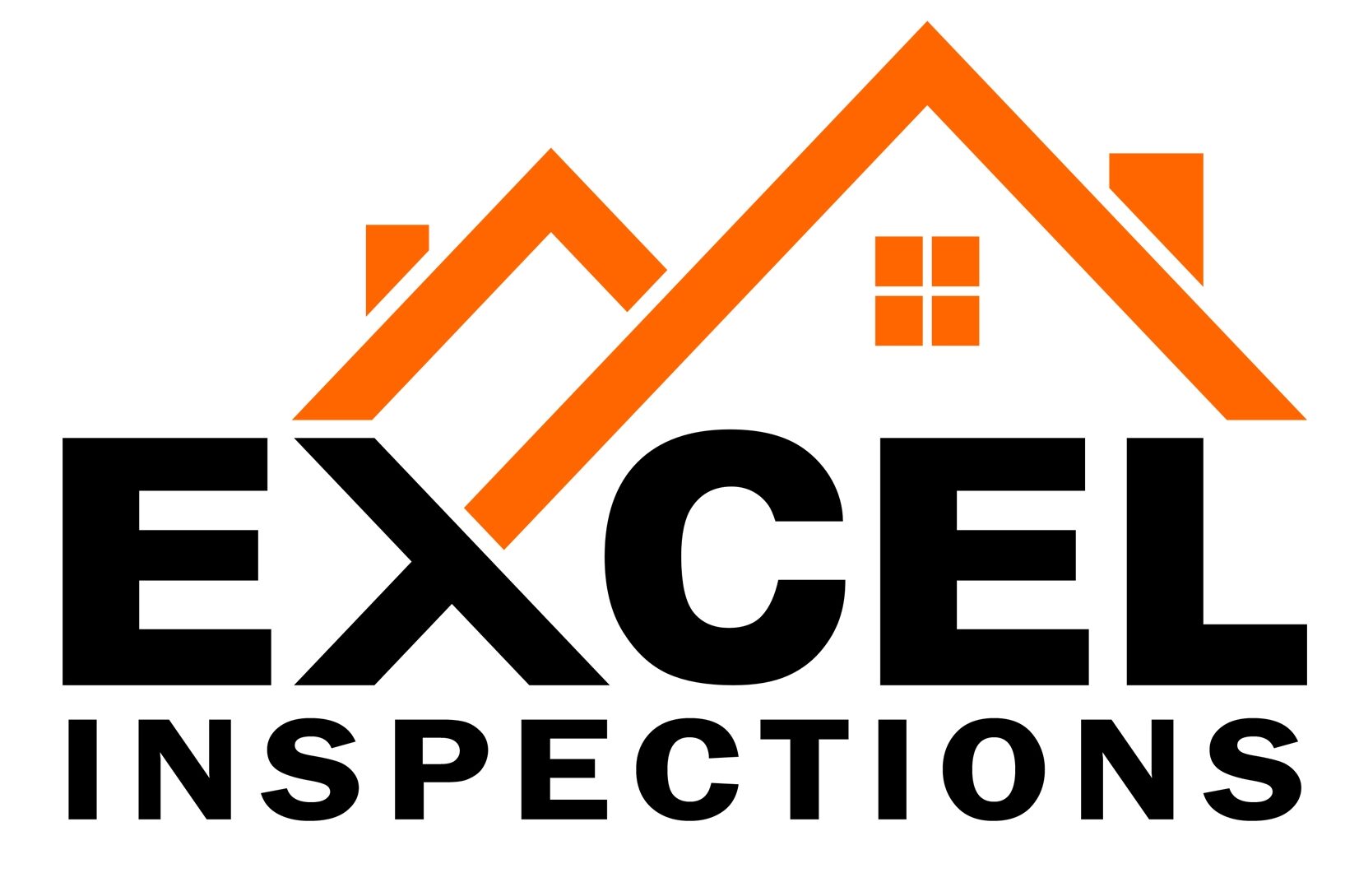The Pre-Drywall Inspection: Five Common Major Concerns That Make It A No-Brainer
A couple of weeks ago we wrote a post sharing FOUR important reasons to get a pre-drywall inspection. Where that post focused on GENERAL reasons, we’ll focus now on some very SPECIFIC and concrete reasons. These (below) are major concerns that are not uncommon to find during a pre-drywall inspection. In many cases, the pre-drywall inspection is the ONLY time you will be able to notice these issues; in all cases, the pre-drywall inspection is the BEST time to spot the issue, as addressing and repairing the issues will only get more complicated later on as construction continues.
The pre-drywall inspection uncovers both minor and major concerns.
Note: By “major concern” we mean issues/defects that a licensed home inspector deems to fall under the umbrella of any of the following:
- Safety hazards
- Costly (more than $1000 to fix the issue, roughly)
- Urgent; if the issue were to go unaddressed quickly, it could cause other problems
So now let’s talk about FIVE (surprisingly) common major concerns found during pre-drywall inspections.
(You can toggle through photos using the arrows on each side.)
Broken trusses
Roof trusses are the structural components that support your roof…so they’re pretty important!! Truss systems are designed in such a way that if one section of one truss is damaged (or sometimes even missing) the whole truss is weakened. For this reason, when trusses get cracked or damaged (like the one seen in this photo), the proper way to address this is to have an engineer approve a repair. (And you as the homeowner should ask for the documentation–that way you’ll be able to show that the repair was approved if needed down the road.) Damage can occur between the transportation, storage, and installation of trusses in the home. Truss damage is VERY common to find during a pre-drywall inspection.
House wrap installation issues
House wrap is a weather-resistive barrier (WRB), whose purpose is to protect building materials (wood wall sheathing, for instance) from exterior water penetration. In other words, when rain gets behind your siding (and it always does), the WRB keeps the water from damaging the framing of your home. And yet we always find issues with house wrap (one kind of WRB) installation…and yes, we mean always! Most of the time the issues are easy to address, but occasionally we see the entire house wrap secured with incorrect fasteners. Or portions dangling off in the wind. Or areas where it’s just…missing entirely!
Exposed nails on the roof
The most common roofing material we come across in our service area is asphalt shingle. When this roofing material is not installed correctly, or is done sloppily, you’ll often notice nail heads exposed along the roof, which should normally be concealed by the course of shingles above them. And if you think about it, every exposed nail head on your roof is a potential point of water intrusion; because it is a hole in your roof! There are often a handful, and occasionally we see roofs where exposed nails are all over the place. In this latter case, large portions of the roof may need to be re-installed! Of the 5 common finds shared in this post, this one is the only one that will definitely still be visible by the time your final walkthrough inspection comes around. But it’s still to your advantage to inspect the roof at the pre-drywall stage because that way, at the final walkthrough inspection, your inspector can check to make sure the identified roof issues were addressed!
Framing issues
A quick story to illustrate this one: During one pre-drywall inspection, I (the author) noticed an excessive gap where one of the roof trusses was secured to a beam. Then I noticed that, actually, all the trusses in that area had the same gap–and to be more specific this gap existed because someone had made an improper cut into the trusses. Lastly, I noticed that the piece of wood to which these trusses were directly attached, was itself poorly secured to the main beam (there were multiple bolts that were basically serving no purpose due to having been wrongly placed). What seems to have happened was that these trusses that had been ordered were about 2 inches too short. To make up for it, engineered plans had likely been drawn up which called for a ledger (the smaller piece of wood) to be secured to the beam, and then the trusses secured to the ledger. But when the ledger was installed it seems the trusses were now too long(!)…and rather than planing down the ledger, they cut down the trusses instead…
…in short, LOTS of poor decisions and a major concern!
Seepage / leaks through foundation wall
It’s not a good feeling to discover water leaking into your basement through the foundation walls…but it’s a much better feeling to discover this during a pre-drywall inspection than at your final walkthrough! One of the more common points of water intrusion is in situations where there is a ‘cold joint’ in the concrete. Cold joints occur when too much time elapsed between pours of concrete so that the concrete from the first pour has cured by the time the second pour happens. There are proper ways of treating a cold joint, but if these have not been done, cold joints may allow water to enter the home through the foundation wall. A home inspector can draw your attention to these areas, even if active water intrusion is not visible. That way you can keep your eye on those spots, and ask your builder if those cold joints were addressed.
Well there you have it–5 common major concerns on Pre-Drywall Inspections. And if you have experience buying new construction, maybe you’ve even seen some of these before!
